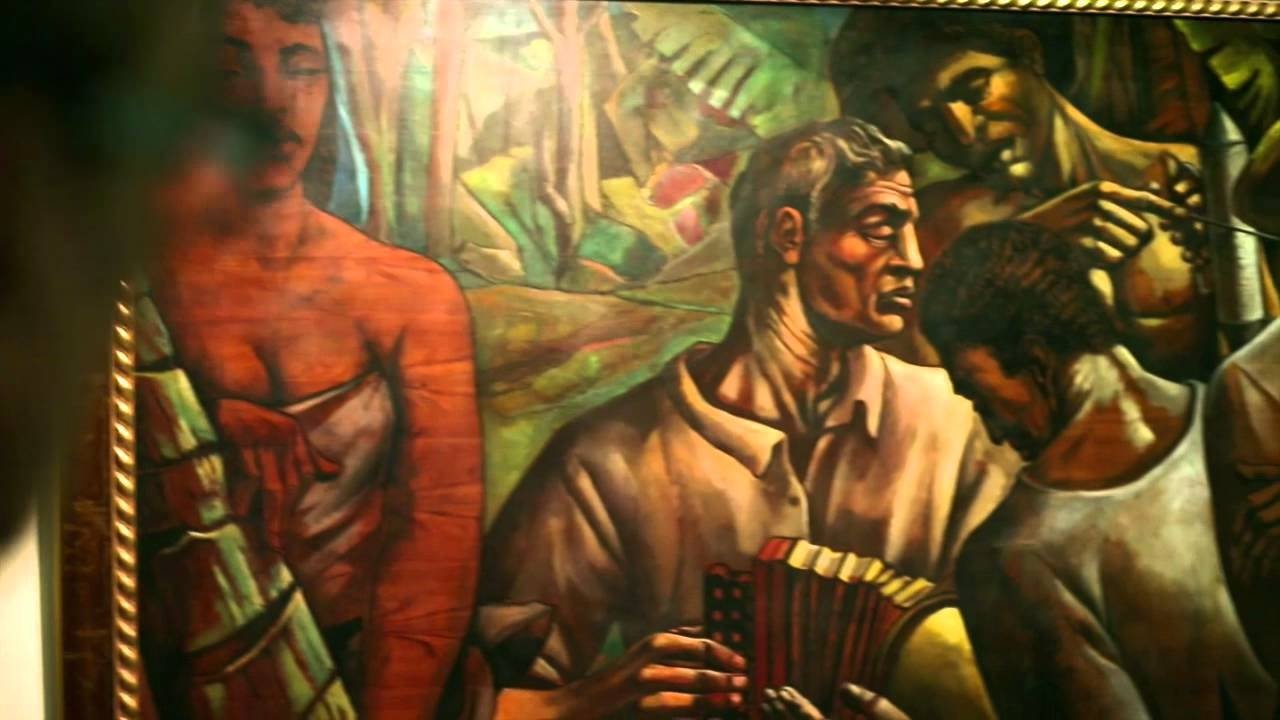
República del color (2015)
About the history of the Dominican Republic's visual arts from the perspective of color given by the incidence of light in the island, alongside the historical events that defined its master artists.

About the history of the Dominican Republic's visual arts from the perspective of color given by the incidence of light in the island, alongside the historical events that defined its master artists.
 Sarah Jorge LeónNarrator (voice)
Sarah Jorge LeónNarrator (voice)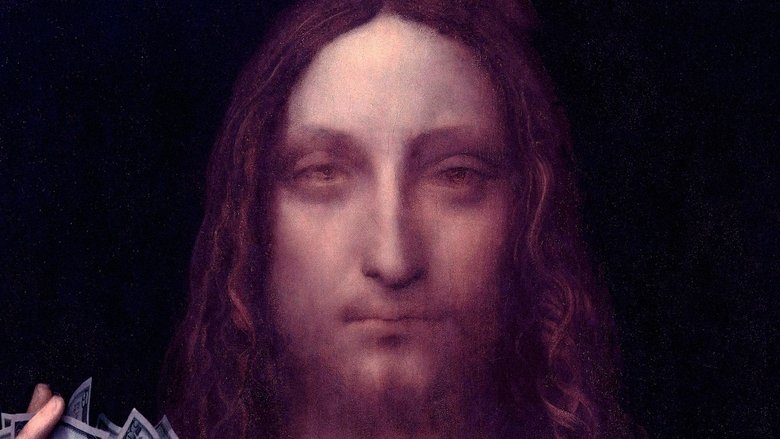
In November 15, 2017, the painting Salvator Mundi, attributed to Italian artist Leonardo da Vinci (1452-1519), was sold for an unprecedented $450 million. An examination of the dirty secrets of the art world and the surprising story of how a work of art is capable of upsetting both personal and geopolitical interests.
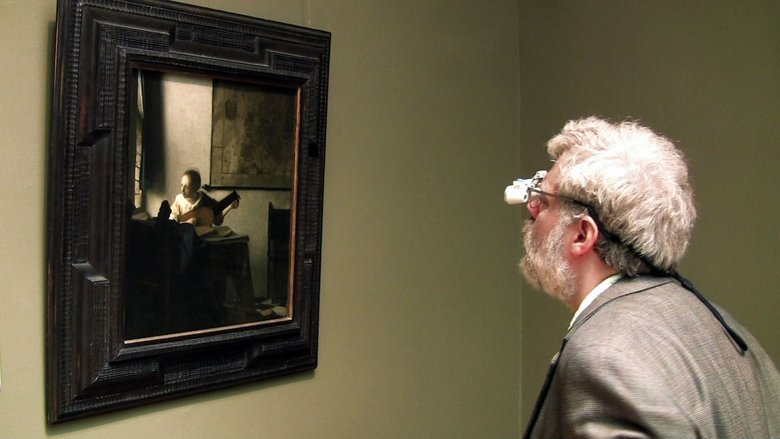
Tim Jenison, a Texas based inventor, attempts to solve one of the greatest mysteries in all art: How did Dutch Master Johannes Vermeer manage to paint so photo-realistically 150 years before the invention of photography? Spanning a decade, Jenison's adventure takes him to Holland, on a pilgrimage to the North coast of Yorkshire to meet artista David Hockney, and eventually even to Buckingham Palace. The epic research project Jenison embarques on is as extraordinary as what he discovers.
Dr. Francis Schaeffer's spectacular series on the rise and decline of Western culture from a Christian perspective.

From the cabinets of curiosities created in Italy during the 16th century to the prestigious cultural institutions of today, a history of museums that analyzes the social and political changes that have taken place over the centuries.
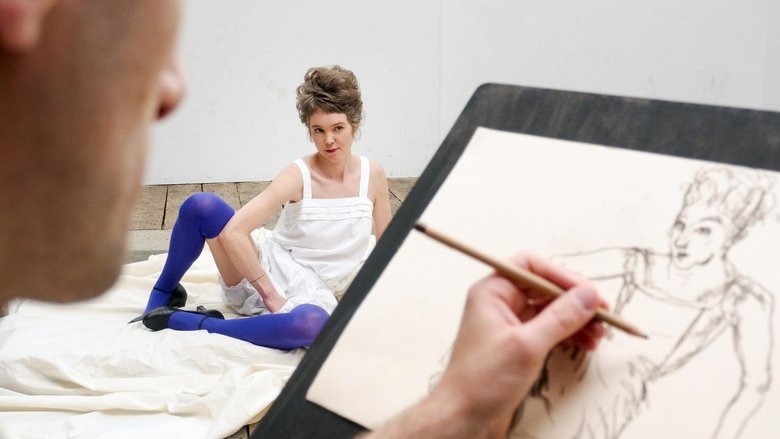
An account of the short life and the astonishing and provocative work of the Austrian painter Egon Schiele (1890-1918), seen through the peculiar point of view and the critic voices of the women who defined the paramount milestones of his existence: Gerti, his sister; Wally, his main model and lover; and Edith, his wife. A brief story of love, hate, betrayal and misfortune.
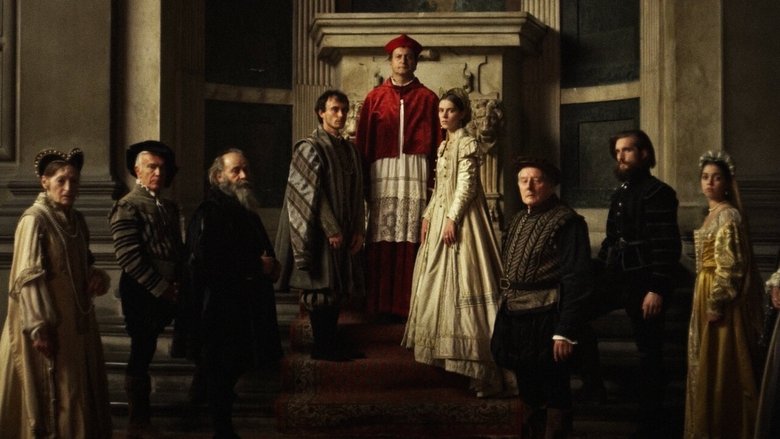
Palazzo Vecchio: a history of art and power. Directed by Piero Messina, through a clever movement of the narration between past and present, makes a real journey into the beauty of an ancient place that still retains its undisputed charm.
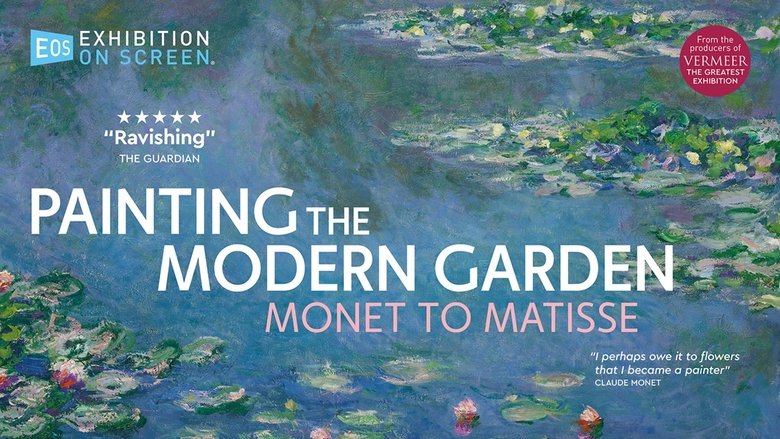
Claude Monet was an avid horticulturist and arguably the most important painter of gardens in the history of art, but he was not alone. Great artists like Van Gogh, Bonnard, Sorolla, Sargent, Pissarro and Matisse all saw the garden as a powerful subject for their art. These great artists, along with many other famous names, feature in an innovative and extensive exhibition from The Royal Academy of Arts, London.
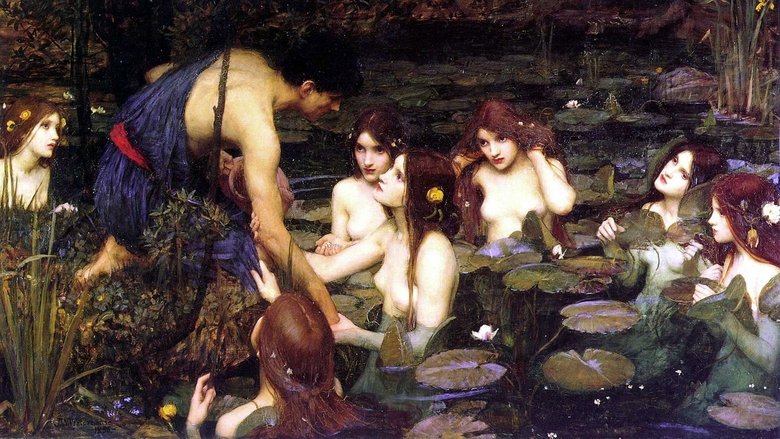
The passionate story of the femme fatale, seductive and dangerous, a myth and a fantasy, through her representation in art.
A montage, using documentary material filmed during the war, shows the beginnings of an air attack and Londoners entering shelters. From the silent deserted streets, the film moves underground into the world of Henry Moore's shelter drawings. People sit along subway platforms, looking after their children, settling down for the night, sleeping in bunks and on the floor. Above ground London burns. Henry Moore used the eye of a sculptor in portraying the stolidity and enduring patience of a besieged people. This film brings together a unique series of drawings which are some of the most remarkable achievements of an artist during wartime. Eliminating all narration, it explores, on several metaphoric levels, the very nature of human consciousness and creativity.
The Russian painter Wassily Kandinsky claimed, or has been credited with, the 'creation' of abstract art. At the core of this film is a dramatic recreation of Kandinsky's account of returning to his studio one dark evening, and being astonished by an unknown masterpiece of abstract art leaning against the easel - a picture which turned out to be one of his own landscapes fallen on its side. 'Now I knew for certain that the object spoiled my pictures.' While this film's narration does indeed emphasize the notion of an inspired breakthrough to Abstraction, the picture it conveys in more purely filmic ways is a rich and complex one.
97 houses, 18 families. The lives of this people who live at a caribbean island isolated from the rest of the world.
A travelogue celebrating the 1939 Golden Gate Exposition and highlighting its exhibition of classical paintings and stunning lighting effects.
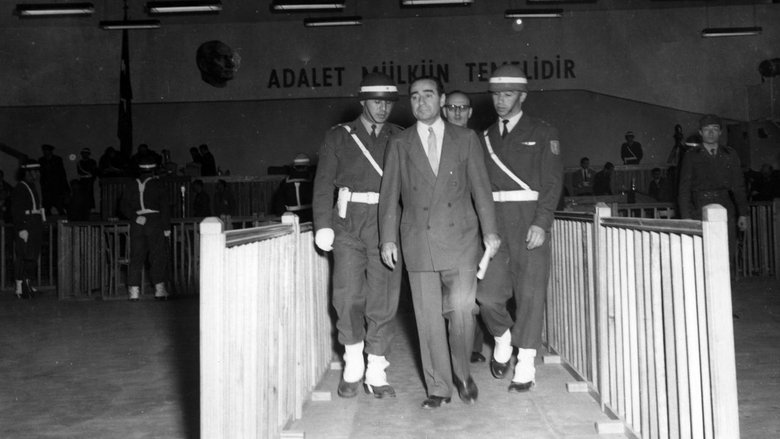
It is a famous saying: "One can come to power with a bayonet, but not sit on it." The organization, which carried out 27 May, came to power with a bayonet. Moreover, these young officers seized power that night by breaking the traditional chain of command. In the morning, a 10-year DP period was over, the support of the public was gained at first hand, and a brand new phase was reached. Now, the days that would mark the future of Turkey were beginning. Now, as those days put it, the "second republic period" was beginning.
Rarely in the history of the cinema, a company films productions will have marked the history and the culture of its country like "Svensk Filmindustri". Since its creation in 1919 by Charles Magnusson, Svensk Filmindustri have produced 1200 films including the major works of Mauritz Stiller, Victor Sjöström and Ingmar Bergman. The uncontested talent of the actresses Greta Garbo and Ingrid Bergman have given Swedish cinema a world recognition, a cinema that celebrates the power of the forces of nature, and where the inner life of its characters remains in our memories.
This film goes no farther west than Toronto. The Indian is Robert Markle, from a family of Mohawk steel workers. The cowboy is his longtime art associate, Gordon Rayner. Both are Toronto artists and art teachers, sharing also an interest in jazz: Rayner plays the drums, Markle the electric piano. This film is a study of their lifestyle, their mutual interests and their friendship.

Artists Peter Fischli and David Weiss create the ultimate Rube Goldberg machine. The pair used found objects to construct a complex, interdependent contraption in an empty warehouse. When set in motion, a domino-like chain reaction ripples through the complex of imaginative devices. Fire, water, the laws of gravity, and chemistry determine the life-cycle of the objects. The process reveals a story concerning cause and effect, mechanism and art, and improbability and precision, in an extended science project that will mesmerize the mind.
The many references in contemporary film to Edward Hopper's works, as well as the widespread reproduction of some of his paintings have made his universe familiar to many. His unclassifiable figurations weave a dialogue between appearances and light, between the unmistakeable and enigma. Focusing on the artist's personal life in the context of 20th century America, "Edward Hopper and the Blank Canvas" bears witness to a fiercely independent painter, who was aware of the issues of his era, and who was hostile to the imprisonment that a modern American art opposing realism and abstraction could lead him to. This film brings the artist to life, transposing his realist and metaphysical poetry. It is a subtile and passionate work, which at last unveils one of the most important painters of American modernity.
This made-for-TV documentary introduces the layperson to concepts and technologies that were emerging in computer interface design in the late 1980s and early 1990s: hypertext, multimedia, virtual assistants, interactive video, 3D animation, and virtual reality.